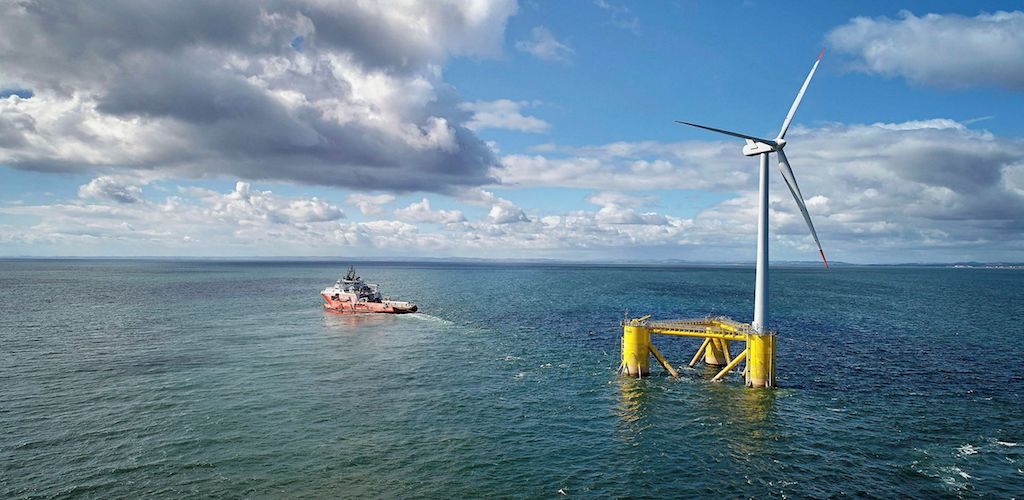Feb 24 | 2021
(Asia) US$3 million Per Megawatt Target

A sharp fall in capital expenditure costs for floating offshore wind projects could drive a new wave of investment in the Asia-Pacific region, according to research consultancy Wood Mackenzie.
The firm predicts that capex could fall by 40 percent to average US$3 million per megawatt by 2025 to 2030, helping to support increaseed demand for breakbulk services in this new segment. The decline in costs is expected to drive particular growth in Asia, with developers in Japan, South Korea and Taiwan already having announced plans to develop key demonstration projects.
“Governments in these markets are increasingly looking to renewables to fill the supply gap, but due to land constraints, scalable options are limited. Floating offshore wind is starting to gain more attention but the high cost remains a major barrier to widespread adoption of this technology. To ensure the long-term sustainability of floating offshore wind, prices must come down significantly to at least be competitive with new-build gas power,” said Robert Liew, principal analyst at Wood Mackenzie.
Government Support
Liew notes that deployment is still limited compared to conventional fixed-bottom technology, accounting for just 6 percent capacity of the 26 gigawatts of new offshore capacity expected in the current decade in Asia-Pacific, excluding China.
Supportive policies from governments in Japan and South Korea are expected to help establish a floating offshore wind supply chain that will benfit from the large domestic maritime sector in both countries.
“The Japanese and Korean governments are keen to establish a floating offshore supply chain hub for the region and potential future exports to other markets. This could also contribute significantly to lowering costs … Building a firm pipeline of floating projects will give the sector more forward visibility, which in turn will attract even more investors,” Liew added.
Largest Frontier for Wind Power
Currently, only small-scale demonstration units are in operation with estimates of current capex costs of floating offshore as high as US$10 million per megawatt. Wood Mackenzie predicts this could come down to a more commercially feasible level of US$4 million per megawatt as projects scale up.
“Floating offshore represents perhaps the largest frontier for wind power in Asia-Pacific in the long-term. There is significant future upside as almost all markets in Asia-Pacific have coastlines and floating offshore can unlock wind resources near coastal cities even in low wind speed areas. Despite the limited scale today, floating offshore wind offers almost limitless potential,” Liew said.
Headquartered in Edinburgh, Scotland, Wood Mackenzie is a subsidiary of Verisk Analytics, a global data analytics and risk assessment group.
Subscribe to BreakbulkONE and receive more industry stories and updates around impact of COVID-19.


